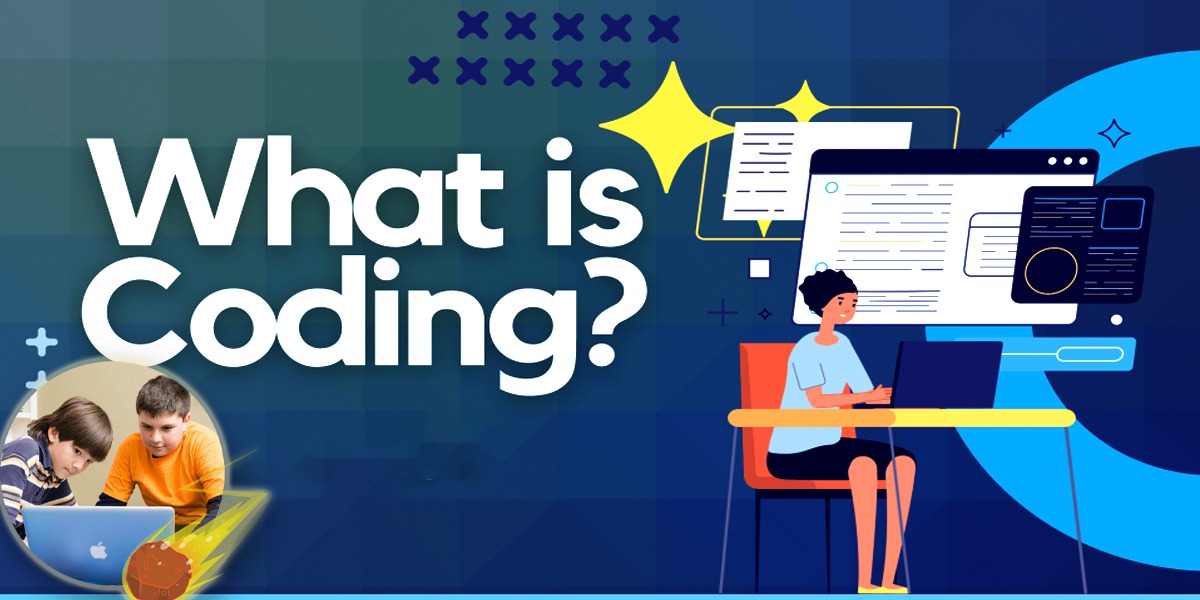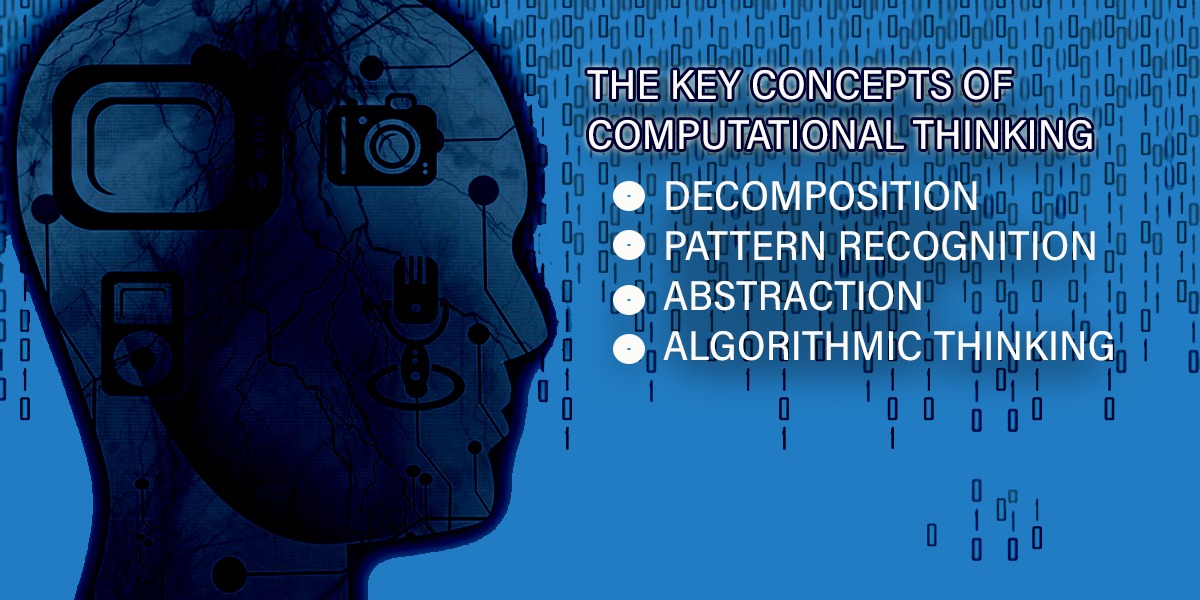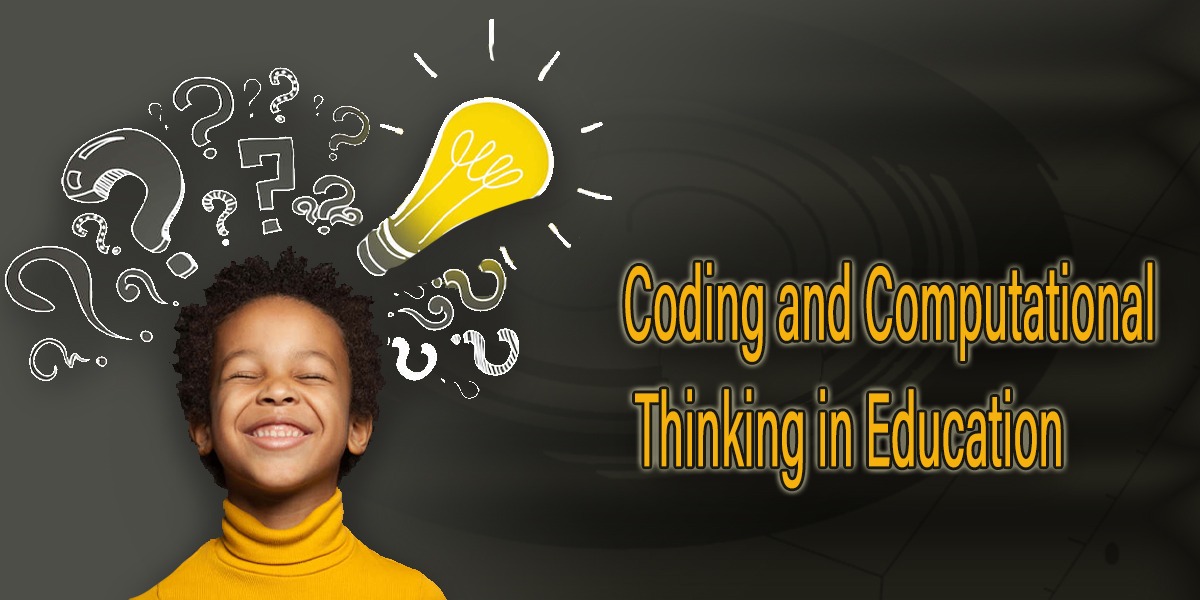Computers today are remarkable electronic multitools which may resolve issues and do complex operations at breakneck speeds. For several years, we’ve been discussing ubiquitous computing and how technological advances are revolutionizing industries, science, politics, the economy, and social connections at a prompt pace.
The twenty-first century is the age of digital computing whether we like it or not. In order to understand this article about computational thinking, we would need to start from the basics and then move up to the pyramid. Let’s first look at the definition of a simple computer
What is a Computer?
An electric device that stores and processes data by using the Input Processing Output method in a binary format.
The name “computer” was first applied to humans who used electronic calculators such as the one with the abacus and sliding rule to accomplish numerical computations.
How Does it Carry out Instructions?
Computer programmers use a keyboard or another form of input device to supply the commands that the machine’s operating system requires. These instructions are interpreted and executed by the operating system of the machine (OS) or additional software applications. There are specific languages a computer can understand, it cannot carry out instructions passed in English an
Introduction to Computer Science
The investigation of computers and computational structures is known as computer science. Computer scientists, as opposed to electronics and computer engineers, work primarily with software and software systems, including the way they are created, developed, and used.
The field of artificial intelligence, machine learning, computers and the networks, protection, database architectures, interaction among humans and computers, visual and imagery, computational mathematics, language programming, software engineering, bioinformatics, and computing theory are some of the major topics of study in computer science.
What is coding?

There are only specific languages a computer can understand, it cannot carry out instructions passed in English or any other human-speaking-language. The three best computer-understanding languages include Java, Python and C++.
These languages are taught in educational institutions and at high level study, students are taught coding. Coding is a way to make understanding and to get a computer to do a task.
Computational Thinking
Computational thinking refers to a collection of abilities and procedures that allow pupils to solve complicated problems. Though it is frequently used to build code, computational thinking has a far broader use.
This technique is a road map through interest to comprehension which renders it simpler to address major and minor challenges. Computational thinking produces an algorithm, which ensures that the process can be duplicated. In other words, the topic is equally interesting about a matter of the issue-solving process as it is about addressing the problem.
What are the 4 key concepts?

There are 4 computational thinking key concepts which we are mentioned below.
Decomposition
One of the four pillars of the field of computer science is decomposition. It involves paring down a complicated issue or structure into segments that are simpler to manage and comprehend. Because smaller portions are easier to deal with, they can be inspected and solved independently.
Pattern Recognition
Pattern recognition is a method of data analysis that employs artificial intelligence algorithms to detect regularities and patterns in data. This data can range from written content and pictures to sounds and other specified characteristics.
Now let’s have a look at the third one which is Abstraction.
Abstraction
In computer science, abstraction is the process of deleting parts of an algorithm or programmed that are irrelevant or interfere with its essential elements. Abstraction is the process of looking at something in order to keep the basic form or significance while removing individual specifics.
Algorithmic Thinking
Computational thinking falls under the field of computer science that involves the procedure of coding and application development. Algorithmic Thinking involves analyzing complicated challenges into lesser, easier-to-handle stages and creating formulas to find solutions. The process requires a specific collection of data and produces an outlined array of responses varying with respect to those input parameters.
Up till now we have discussed the details of computational thinking and some terms related to it. Now we will look at the importance of computational thinking in education
Significance of Coding and Computation Thinking in Education
Coding and computational thinking are becoming increasingly significant in education because they give students crucial digital-age skills and attitudes. Let us investigate the importance of coding and computational thinking in schooling.
Problem-Solving Skills
Students are encouraged to address challenges in a systematic and logical manner using coding and computational thinking. They learn to break difficult issues down into more manageable portions, analyze them, and build step-by-step solutions. These skills for problem-solving are transportable and may be used in a variety of contexts.
Logical Reasoning and Critical Thinking
Students must think critically and rationally when coding. They must grasp cause and effect linkages, analyze trends, and make evidence-based judgements. Computational thinking promotes an organized approach to reasoning, allowing students to rapidly identify and solve issues.
Career Opportunities
Coding proficiency provides an endless number of job alternatives. The demand for talented programmers and people with computational thinking ability is increasing throughout sectors. Coding in school gives pupils an advantage in the employment market.
Collaboration and Communication
Coding frequently includes collaborative projects in which students build and develop programmes collaboratively. This promotes collaboration, communication, and the capacity to provide and receive feedback. Experiences with collaborative coding simulate real-world events and educate students towards future job contexts.
Last but not least, let’s head over to the last section of this article which gives some brief concluding lines.
Should schools include coding and computational thinking?
Schools may successfully include coding and mathematical thinking into their curriculum by including coding classes or clubs, providing access to coding resources and tools, and providing opportunities for professional growth for teachers to improve their own coding abilities. Furthermore, coding may be incorporated across topic areas to illustrate its utility in many circumstances.
Ending
Overall, programming and computational analysis in education build critical skills and attitudes that prepares students for the age of technology, stimulate innovation and imaginative thinking, and offer doors to a diverse range of professional opportunities.




